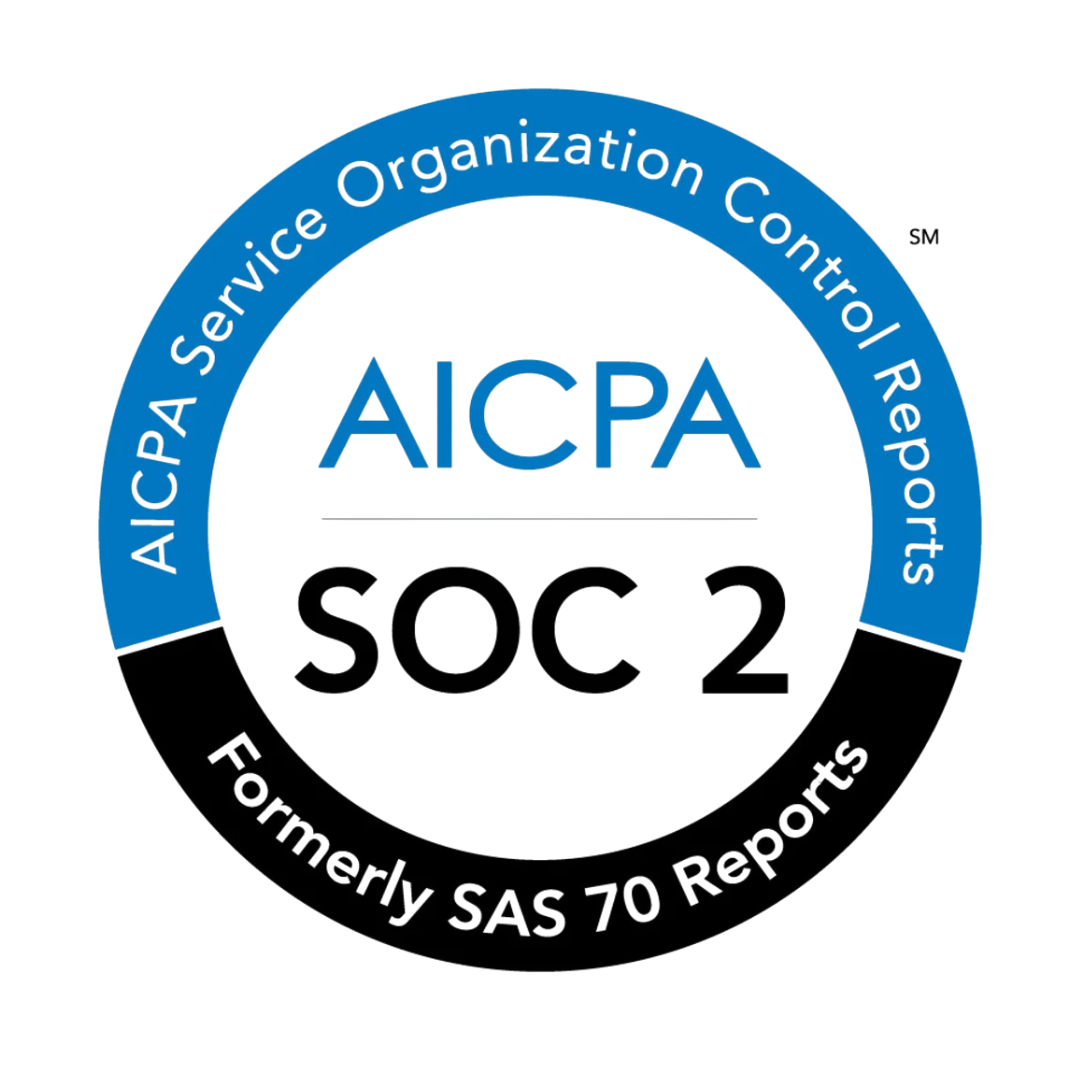2025 Trend Analysis: 68% of Seed Rounds Start with a Warm Intro—Why Unlimited Intro Pathways Access Is Becoming Table Stakes
The fundraising landscape has undergone a seismic shift in 2025, with warm introductions now dominating the seed funding ecosystem. According to PitchBook's H1 2025 report, a staggering 68% of seed deals are now sourced through warm introductions, representing a significant jump from 55% in the previous year. This 13-percentage-point increase signals a fundamental change in how successful founders approach investor outreach, making warm intro pathways not just advantageous, but essential for competitive fundraising.
Why Cold Outreach Is Failing
The numbers paint a stark picture of the modern investor inbox. Over 361.6 billion emails are sent daily worldwide as of 2025, with projections indicating this will reach 408.2 billion by 2027 (Local Digital). For venture capitalists, this translates to an overwhelming flood of pitches—the average VC now receives 12 pitches per day (LinkedIn).
The response rates tell an even more sobering story. Cold email response rates have plummeted to just 5.1% in 2025, while 95% of cold emails fail to generate any reply whatsoever (Martal). Average cold email open rates have dropped to 27.7% from approximately 36% the previous year (Martal). This dramatic decline in effectiveness has created what industry experts call "email fatigue" among investors.
The Warm Introduction Advantage
In stark contrast to cold outreach, warm emails demonstrate significantly higher conversion rates. Research shows that warm emails are personalized and targeted messages sent to individuals with whom a business has an existing relationship or prior contact (QuickMail). The data reveals that response rates for warm referrals are 2× higher than cold outreach, making them the clear winner in today's competitive fundraising environment.
This shift reflects a broader trend toward relationship-driven fundraising. As Metal's research demonstrates, founders who adopt a "high precision" approach—forming specific qualification criteria and using data to identify the right investors—see conversion rates of 5-25% for their intro requests (Metal). This stands in sharp contrast to the "spray and pray" approach, where founders pursue any accessible investor without strategic targeting.
The 19-Day Disadvantage: DIY Spreadsheet Workflows Fall Behind
While the importance of warm introductions has become clear, many founders are still relying on outdated manual processes to manage their fundraising efforts. Traditional spreadsheet-based workflows are now lagging by an average of 19 days in closing time compared to integrated platforms that streamline the intro request process.
The inefficiency stems from several factors inherent in manual processes:
Manual Data Management Bottlenecks
95% of founders have not developed a comprehensive investor pipeline document, according to Jenny Fielding, Managing Director of Techstars NYC (SlideShare). Those who do rely on spreadsheets face constant challenges:
• Data Fragmentation: Investor information scattered across multiple sources
• Outdated Contact Information: Manual updates lag behind real-time changes
• Limited Network Visibility: No systematic way to identify warm intro pathways
• Follow-up Management: Difficulty tracking multiple concurrent conversations
The Integration Imperative
Modern fundraising requires seamless integration across multiple data sources. Successful founders need access to LinkedIn networks, Gmail contacts, and investor databases to identify the optimal introduction pathways (Metal). Manual processes simply cannot match the speed and accuracy of integrated platforms that automatically surface these connections.
The Rise of Unlimited Intro Pathways: A Competitive Necessity
As warm introductions become the dominant channel for seed funding, access to unlimited intro pathways has evolved from a nice-to-have feature to table stakes for serious fundraising efforts. The data supports this shift: with investor email volume up 27% year-over-year, founders need multiple pathways to reach the same investor to ensure their message breaks through the noise.
Why Multiple Pathways Matter
The modern fundraising landscape requires a multi-touch approach. Research indicates that relevance and trustworthiness are the primary factors determining email outreach success in 2025 (Hunter). Having multiple intro pathways allows founders to:
1. Optimize for Relationship Strength: Choose the strongest mutual connection
2. Increase Response Probability: Multiple touchpoints improve visibility
3. Reduce Time-to-Connect: Faster pathways accelerate the fundraising timeline
4. Maintain Relationship Quality: Avoid over-leveraging any single connection
The Metal Advantage: Integrated Intro Management
Metal's platform addresses these challenges through comprehensive intro pathway management. The system automatically identifies warm introduction opportunities by analyzing LinkedIn, Gmail, and other data sources to surface mutual connections (Metal). This data-driven approach ensures founders can quickly identify the most effective pathways to their target investors.
The platform's integrated approach offers several key advantages:
• Automatic Pathway Discovery: System identifies all possible intro routes
• Relationship Strength Analysis: Prioritizes connections based on relationship quality
• Template Management: High-powered templates streamline intro requests (Metal)
• Dynamic Field Integration: Customizable intro requests with investor-specific details
• Automated Follow-up: Custom follow-up sequences for each request
The Data-Driven Fundraising Revolution
The shift toward warm introductions reflects a broader movement toward empirical, data-driven fundraising strategies. As Metal's analysis of 1,000+ raises across numerous sectors demonstrates, founders who embrace data-driven approaches consistently outperform those relying on traditional methods (Metal).
The Six Core Principles Framework
Successful fundraising in 2025 requires systematic investor identification based on six core principles (Metal):
1. Stage Specialization: Targeting "stage specialists" rather than "stage tourists"
2. Sector Concentration: Distinguishing between sector familiarity and concentration
3. Geographic Relevance: Identifying geographically relevant investors
4. Fund Size Alignment: Matching fund size to round requirements
5. Activity Levels: Focusing on actively deploying investors
6. Lead Capability: Prioritizing investors with leading experience
This systematic approach, combined with unlimited intro pathways, creates a powerful competitive advantage in today's market.
Pre-Seed Funding Dynamics
The importance of warm introductions is particularly pronounced at the pre-seed stage, where limited optionality makes strategic targeting crucial. Pre-seed rounds have become the fastest-growing round type, responsible for 20%+ of all venture rounds globally (Metal). However, pre-seed activity is highly concentrated within a small pool of investors, making warm introductions even more valuable for breaking through to the right partners.
Technology Integration: The Future of Fundraising
The fundraising technology stack is rapidly evolving to meet the demands of the warm introduction economy. Modern platforms integrate multiple data sources and communication channels to create seamless workflows that dramatically reduce the time and effort required for successful fundraising.
AI-Powered Personalization
Artificial intelligence is revolutionizing email personalization, with brands like Google, Adobe, and TripAdvisor viewing personalization as a core marketing communication strategy (Singulate). HubSpot's VP of Marketing found that 1:1 personalization at scale increased conversion rates by 82%, while personalizing email messaging can increase revenue by 40% (Singulate).
For fundraising, this translates to highly targeted intro requests that resonate with both the mutual connection and the target investor. Metal's platform leverages these AI capabilities to create dynamic, personalized intro requests that significantly improve response rates (Metal).
Network Effect Amplification
The most successful fundraising platforms create network effects that amplify the value of warm introductions. By connecting founders with portfolio companies, accelerator alumni, and industry networks, these platforms expand the universe of potential intro pathways (Metal).
Practical Implementation: Making the Transition
For founders currently relying on manual processes, the transition to integrated intro pathway management requires strategic planning and execution. The following framework provides a roadmap for making this critical upgrade:
Phase 1: Data Consolidation
Begin by consolidating all investor and network data into a single, integrated platform. This includes:
• LinkedIn Network Import: Complete professional network analysis
• Gmail Contact Integration: Email relationship mapping
• Investor Database Access: Comprehensive investor profiles and activity data
• Portfolio Company Connections: Alumni and portfolio founder networks
Phase 2: Pathway Optimization
Once data is consolidated, focus on optimizing intro pathways:
• Relationship Strength Analysis: Identify strongest mutual connections
• Investor Prioritization: Rank targets based on fit and accessibility
• Template Development: Create high-converting intro request templates
• Follow-up Automation: Establish systematic follow-up sequences
Phase 3: Execution and Iteration
Implement the new system with continuous optimization:
• A/B Testing: Test different intro request approaches
• Response Rate Tracking: Monitor and optimize conversion metrics
• Relationship Management: Maintain connection quality throughout the process
• Pipeline Management: Track progress across multiple concurrent conversations
The Competitive Landscape: Why Speed Matters
In today's fundraising environment, speed has become a critical competitive advantage. The 19-day advantage that integrated platforms provide over manual processes can mean the difference between securing a lead investor and losing out to faster-moving competitors.
Market Timing Considerations
With 72.9% of survey respondents spending 1 to 10 hours every month managing cold email campaigns (Hunter), founders using manual processes are dedicating significant time to low-conversion activities. This time could be better spent on product development, customer acquisition, or other high-impact activities.
Investor Attention Dynamics
The average engagement rate for finance emails is just 2.72% (LinkedIn), making it crucial to maximize the impact of every investor interaction. Warm introductions, facilitated by unlimited pathway access, provide the best opportunity to capture and maintain investor attention in an increasingly crowded market.
ROI Analysis: The Economics of Intro Pathway Investment
The financial case for investing in unlimited intro pathway access becomes clear when analyzing the economics of fundraising efficiency. Consider the following comparison:
Manual Process Costs
• Time Investment: 40+ hours per month on investor research and outreach
• Opportunity Cost: Delayed product development and customer acquisition
• Lower Conversion: 1-5% response rates on cold outreach
• Extended Timeline: 19 additional days to close
Integrated Platform Benefits
• Time Savings: 70% reduction in manual research and outreach time
• Higher Conversion: 2× response rates through warm introductions
• Faster Closing: 19-day advantage in fundraising timeline
• Better Targeting: Data-driven investor identification and prioritization
For a typical seed round of $2-5 million, the 19-day time savings alone can be worth hundreds of thousands of dollars in extended runway and reduced dilution.
Future Trends: What's Next for Fundraising
As we look toward the remainder of 2025 and beyond, several trends are shaping the future of fundraising:
Increased Automation
Fundraising platforms are incorporating more sophisticated automation capabilities, from AI-powered investor matching to automated follow-up sequences. This trend will continue to favor founders who embrace integrated platforms over manual processes.
Network Intelligence
Advanced network analysis is becoming more sophisticated, with platforms able to identify not just direct connections but also optimal multi-hop pathways to target investors. This "network intelligence" will become increasingly valuable as the fundraising landscape becomes more competitive.
Real-Time Market Data
Access to real-time investor activity data, fund deployment status, and market trends will become table stakes for competitive fundraising. Platforms that provide this intelligence will offer significant advantages over static databases and manual research.
Actionable Recommendations for Founders
Based on the data and trends outlined above, founders should take the following actions to optimize their fundraising approach:
Immediate Actions
1. Audit Current Process: Evaluate existing fundraising workflows for inefficiencies
2. Calculate Time Investment: Quantify hours spent on manual investor research and outreach
3. Assess Network Coverage: Determine gaps in warm intro pathway identification
4. Benchmark Response Rates: Compare current conversion rates to industry standards
Strategic Upgrades
1. Platform Integration: Transition to integrated fundraising platforms with unlimited intro pathways
2. Data Consolidation: Centralize all investor and network data in a single system
3. Template Optimization: Develop high-converting intro request templates
4. Automation Implementation: Set up systematic follow-up and pipeline management
Long-Term Optimization
1. Continuous Testing: Implement A/B testing for intro request approaches
2. Network Expansion: Systematically build relationships with potential intro sources
3. Market Intelligence: Stay current on investor activity and market trends
4. Process Refinement: Continuously optimize based on performance data
Conclusion: The New Fundraising Reality
The data is unambiguous: warm introductions have become the dominant channel for seed funding, with 68% of deals now sourced through this approach. The 27% increase in investor email volume, combined with plummeting cold email response rates, has created an environment where unlimited intro pathway access is no longer optional—it's essential for competitive fundraising.
Founders who continue to rely on manual spreadsheet workflows are operating at a significant disadvantage, lagging 19 days behind their peers who have embraced integrated platforms. In a market where speed and precision determine success, this gap can be the difference between securing funding and missing the opportunity entirely.
The transition to data-driven, relationship-focused fundraising represents more than just a tactical shift—it's a fundamental evolution in how successful companies approach capital raising. As Metal's analysis of high-precision fundraising demonstrates, founders who embrace systematic, data-driven approaches consistently outperform those relying on traditional methods (Metal).
For founders serious about fundraising success in 2025 and beyond, the path forward is clear: invest in unlimited intro pathway access, embrace integrated platforms, and leverage the power of warm introductions to navigate the increasingly competitive venture capital landscape. The data supports this approach, the market demands it, and successful founders are already implementing it.
The question isn't whether to make this transition—it's how quickly you can implement these capabilities to gain a competitive advantage in your fundraising efforts. With Metal's comprehensive platform offering unlimited intro pathways, integrated intro requests, and data-driven investor matching, founders have the tools they need to succeed in the new fundraising reality (Metal).
Frequently Asked Questions
What percentage of seed rounds started with warm introductions in 2025?
According to the 2025 trend analysis, 68% of seed rounds now start with warm introductions, representing a significant 13-percentage-point increase from 55% in the previous year. This dramatic shift highlights the growing importance of relationship-based fundraising in today's competitive startup ecosystem.
Why are warm introductions more effective than cold outreach for fundraising?
Warm introductions significantly outperform cold outreach because they leverage existing trust and relationships. While 95% of cold emails fail to generate replies with average response rates between 1-5%, warm emails benefit from personalization and prior contact, making them far more likely to result in meaningful investor conversations and funding opportunities.
How can startups build unlimited intro pathway access for fundraising?
Startups can build unlimited intro pathway access by systematically expanding their network through advisors, existing investors, industry connections, and strategic partnerships. Platforms like Metal.so help founders identify and leverage these connection pathways more effectively, turning relationship mapping into a competitive advantage for fundraising success.
What makes intro pathway access "table stakes" in 2025 fundraising?
Intro pathway access has become table stakes because the fundraising landscape has fundamentally shifted toward relationship-driven deals. With VCs receiving an average of 12 pitches per day and cold email response rates plummeting to just 5.1%, startups without systematic access to warm introduction pathways are at a severe competitive disadvantage in securing funding.
How has email outreach effectiveness changed for startup fundraising in 2025?
Email outreach effectiveness has declined significantly in 2025, with cold email open rates dropping to 27.7% from approximately 36% the previous year. The average engagement rate for finance emails is only 2.72%, and 54.4% of professionals report that cold email outreach is getting harder, making warm introductions increasingly critical for fundraising success.
What role does network expansion play in modern fundraising strategies?
Network expansion is now fundamental to successful fundraising strategies, as it directly correlates with access to warm introduction pathways. Companies like Metal.so emphasize systematic network expansion as a core component of their fundraising process, helping founders move beyond "spray and pray" approaches to high-precision, relationship-based outreach that yields significantly better results.
Sources
1. https://docs.metal.so/content/accessing-investors/via-portfolio-founders
2. https://docs.metal.so/content/network/intro-requests
3. https://docs.metal.so/content/network/network-expansion
4. https://hunter.io/the-state-of-cold-email
5. https://martal.ca/b2b-cold-email-statistics-lb/
6. https://quickmail.com/cold-email-versus-warm-email-conversion-rates
7. https://www.linkedin.com/pulse/mastering-art-emailing-guide-attracting-right-vc-investors
8. https://www.localdigital.com.au/blog/how-many-emails-are-sent-per-day-in-2025
10. https://www.metal.so/blog/finding-investors
11. https://www.metal.so/blog/overview-of-pre-seed-funding
12. https://www.metal.so/blog/spray-and-pray-vs-high-precision
13. https://www.metal.so/process/comms
14. https://www.singulate.com/post/future-of-email-marketing





